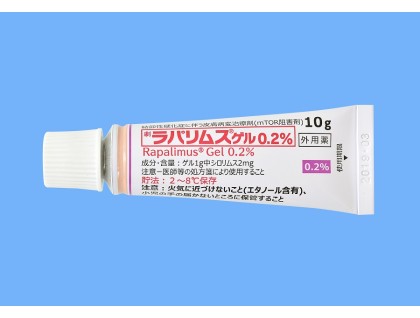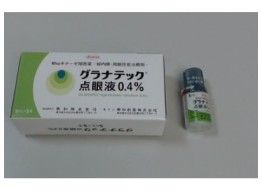Rapalimus gel 0.2% for skin lesions in tuberous sclerosis (sirolimus, rapamycin)
What is Rapalimus gel 0.2% for skin lesions in tuberous sclerosis (sirolimus, rapamycin)?
Rapalimus gel harnesses the therapeutic potential of sirolimus, commonly known as rapamycin. This macrolide compound is derived from the bacterium Streptomyces hygroscopicus. The mechanism of action of Rapalimus gel revolves around its ability to specifically target and inhibit a protein kinase called mTOR (mechanistic target of rapamycin). mTOR is known to be hyperactive in patients afflicted with tuberous sclerosis complex (TSC), a genetic disorder characterized by the development of benign tumors in various organs, including the skin. By skillfully intervening in the mTOR pathway, Rapalimus gel exerts its potent therapeutic effects.
Upon application, Rapalimus gel seeps into the affected skin areas, delivering sirolimus to the precise location where its action is required. Once within the cellular milieu, sirolimus binds to mTOR, effectively putting the brakes on its aberrant signaling. This inhibition dampens the cascade of signals that would otherwise spur excessive cell proliferation, one of the chief contributors to the formation of skin lesions in TSC patients. Rapalimus gel offers a targeted approach, ensuring that healthy cells and tissues are spared from unnecessary disruption while the pathological cell growth is curtailed.
Rapalimus gel is used for the treatment for the skin lesions associated with tuberous sclerosis complex. Scientific studies conducted by Japanese researchers have provided irrefutable evidence of its efficacy and safety profile. In these trials, participants were administered the topical gel with sirolimus for extended periods, ranging from 52 to 136 weeks. The findings from these studies showcased not only the remarkable effectiveness of Rapalimus gel in reducing the size and severity of skin lesions but also its commendable safety and tolerability even during prolonged use. The absence of major adverse effects ensures that patients can confidently rely on this treatment without undue concern for potential complications.
Beyond its immediate impact on TSC-related skin lesions, ongoing research is exploring the potential of Rapalimus gel in other dermatological conditions. Preclinical investigations hint at its potential in managing other hyperproliferative skin disorders, igniting hope for those suffering from conditions that demand a precision-targeted therapeutic approach.
Active principles: sirolimus
Amount: 1 tube * 10 g
Maker: Nobelpharma Co., Ltd., Tokyo, Japan
Indications: treatment of skin erosions associated with tuberous sclerosis complex
How to use
Apply an appropriate amount to the affected area 2 times a day.
In general, the maximum single dose for children of 5 years old or younger is 0.2 g (approx. 0.5 cm), for 6 to 11 years old 0.3 g (approx. 0.75 cm), and for 12 years old or older 0.4 g (approx. 1 cm).
Contraindications: do not use for pregnant or breastfeeding women. Do not use this medicine on mucous membrane. When applying around eyes, take care not to get the medicine into your eyes. Do not apply on the injured areas.
Important information
If the area of application is exposed to sunlight or ultraviolet rays, allergy-like symptoms may occur. Patient should take measures such as applying sunscreen on and around the application area.
After opening, store in a refrigerator at 2-8 degrees Celsius. Do not freeze.
If an allergic reaction occurs, patient needs to stop using the medicine and consult with their doctor. If patient is taking any other medication or treatment, they should consult with their doctor in advance.




